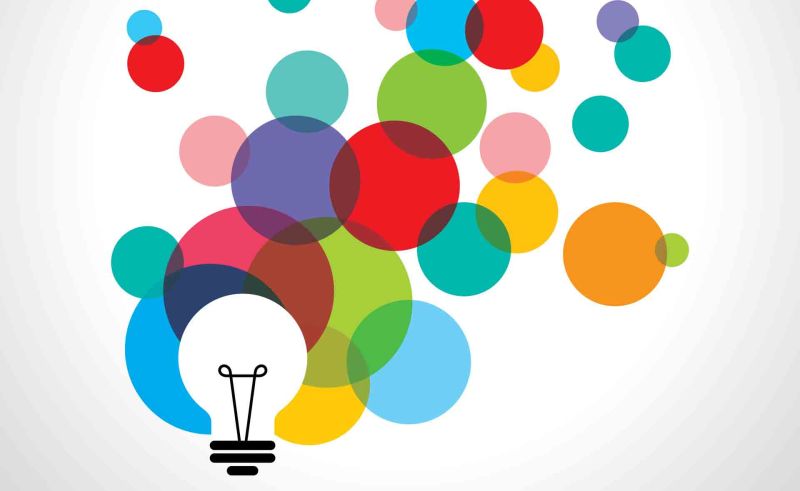By Thom Markham
Now that project-based learning (PBL) is becoming more popular, the doubters and haters also have surfaced. The recent anti-PBL message by David Brooks in the New York Times, which was fortunately well rebutted, exemplifies the resistance. Citing High Tech High in San Diego, Brooks’ core message is that PBL is a kind of mindless education dressed up by technology and devoid of the ‘wisdom’ taught in traditional schools. Given that there are probably another thousand-plus schools across the country embracing PBL, this is a serious charge. And it’s false.
But it should also be a warning to PBL advocates. PBL is gaining in popularity, but it’s not being done particularly well in many schools. Early in the school year, I worked with a group of earnest, professionally focused, K-5 teachers who had received three days of PBL training during the summer from a highly reputable PBL organization. They could recite the basics of PBL: Design a problem around standards; put student in groups; and plan an exhibition. But they left the training believing that the underlying goal is to cover standards by cleverly posing a problem for students that teachers can already answer. They hadn’t been instructed—or inspired—to practice the breakthrough kind of learning that PBL promises—the kind that leads to greater personalization, innovation, design thinking, self-directed learning, and, most critically, the kind of wisdom required in today’s world rather than the 1950’s.
This is no one’s fault. Education continues to operate in a ‘safe’ zone where standards and pre-ordained outcomes predominate. As a result, many teachers practice a problem-based approach to PBL—the academic, teacher-focused method that originated in the 1960s in colleges and schools of medicine. The two approaches appear similar, but there’s a huge, and critical, distinction. PBL is designed to break students out of the box of conventional thinking by having them engage the world, exceed standards, and deliver creative solutions to authentic issues. A simple way to say it is this: Problem based learning teaches to the standards; PBL teaches students to apply the standards.
Why would we not settle for highly constrained problem-based PBL? Isn’t it enough to have a bit more student-oriented problem solving in classrooms than ten years ago? Maybe. But that also means settling for staying inside the lines of the current system of teaching and learning. Continuing the obsessive focus on the ‘right’ standards, accepting vague simulations of critical thinking, and applauding students who deliver a bulleted list of talking points via PowerPoint presentations does not lead to transformation.


